Two is a Company: Leached colour and newspaper planes
Jamal uses charcoal whereas Madiha uses books to convey interpretations.
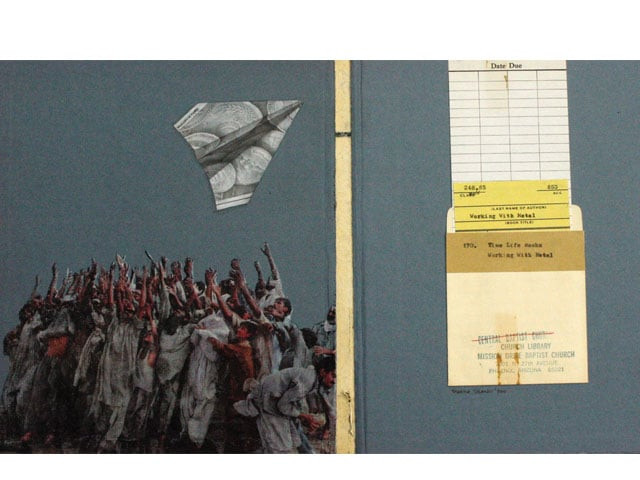
Madiha Sikander used a combination of books and mixed medium to touch sensitive topics concerning religion and politics. ‘From Jinnah to Zia’ depicts a yellow rose, the name of the founder of the country and its worst dictator, all on a single page. The observer is left pondering the correlation between the names and the flower.
She makes use of newspaper planes as well. ‘What we saw’ shows one heading towards the Twin Towers while ‘Working with Metal’ is a library book, with a crowd of ragged men grappling for a plane with an image of coins on it.
“Madiha has a very sensitive way of judging situations and matter that reflects in her work which has delicacy and nostalgia,” says filmmaker and musician Kashif Mohsin in the catalogue.
Her choice to use books instead of conventional canvases is made obvious as she paints images that are sometimes found left in books for safe-keeping or preservation. The yellow rose, used in two places, seems to have been pressed between the pages, while a circus ticket appears to have been forgotten beneath the title ‘A Gift for God’ in ‘Conversation with God’. Placing these innocent images beneath suggestive titles could not achieve the same effect outside of a book.
Ahsan Jamal takes a different approach to his work as opposed to Sikander’s politically and socially influenced pieces. Despite working in charcoal to produce colourless monochromes, his ideas appeal to the aesthetic. ‘The Butterfly’, ‘The Peacock’, ‘Roses’, and ‘The Rainbow’ are all black-and-white versions of nature’s most flamboyantly colourful work. The images create a sombre aura; a rainbow is a grey fog while the proud peacock is devoid of its plummage. According to the catalogue, when he was asked to explain his work, Jamal replied: “If I could, why would I have bothered to paint?”
The lack of colour could be seen as a reflection of Jamal’s dry perception of society. However, Aamna Sikander, a seventh grader at Generations School believes it gives people a chance to add the colours themselves. “You can’t tell if the roses are red, pink or white. Even the time of the day is not obvious.”
Both artists are Karachi based and their work meshes together well. Jamal’s subtle, gentle approach, using landscapes and animals, compliments Sikander’s unconventional yet eye-opening messages.
Published in The Express Tribune, February 2nd, 2011.

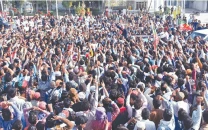
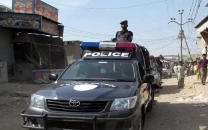
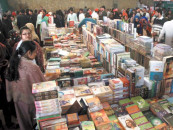
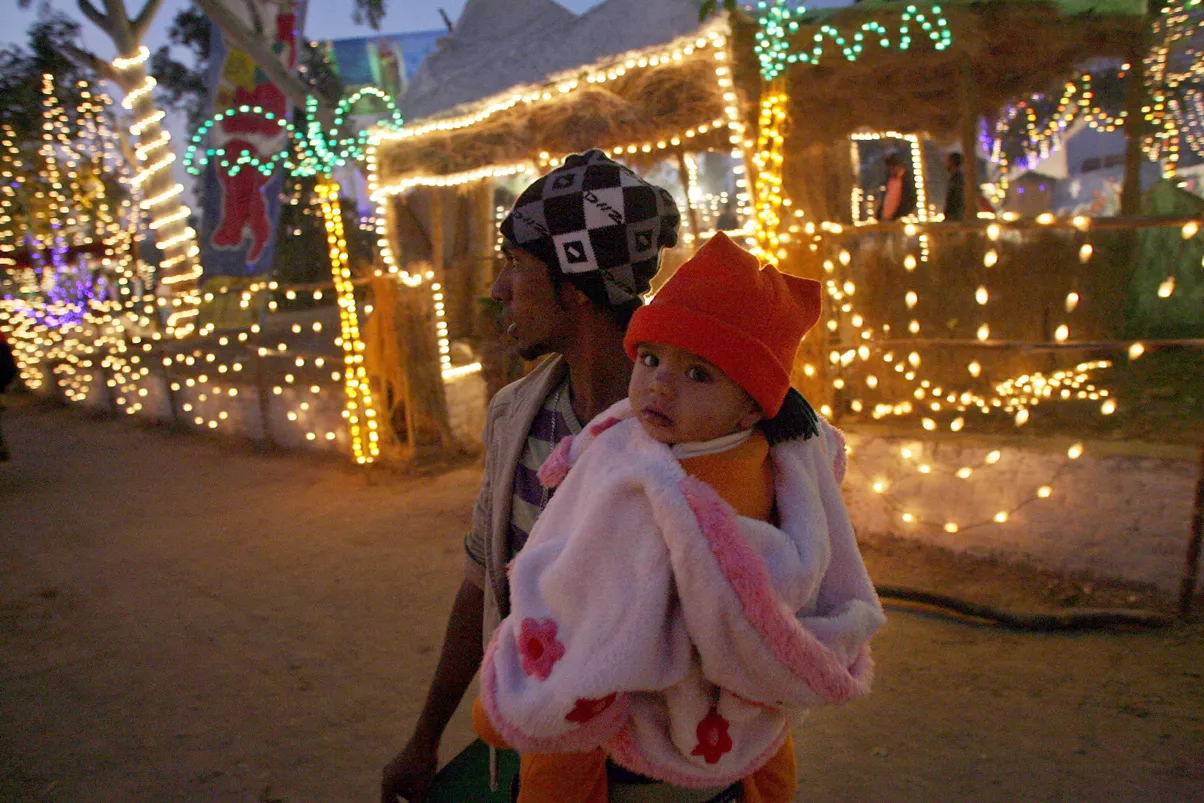


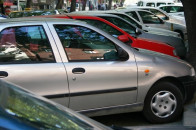

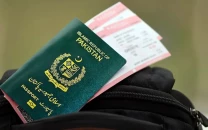





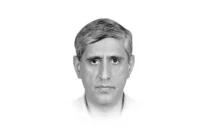


COMMENTS
Comments are moderated and generally will be posted if they are on-topic and not abusive.
For more information, please see our Comments FAQ